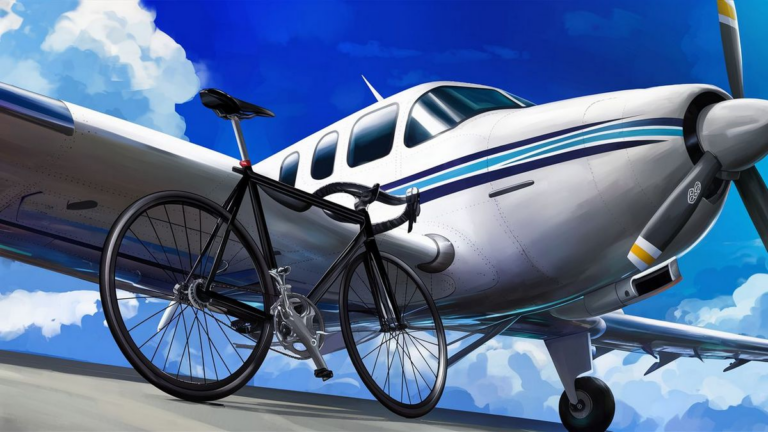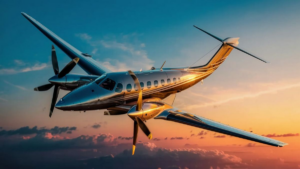Traveling with your bicycle can be a thrilling prospect, whether you’re a dedicated cyclist exploring new trails or simply want to take your trusty two-wheeler on vacation with you. However, the logistics of bringing a bike on a plane can be daunting. Here, we’ll delve into the ins and outs of traveling with your bike by air, covering regulations, tips, and considerations to ensure a smooth journey.
Regulations and Policies
First and foremost, it’s crucial to familiarize yourself with the regulations and policies of the airline you’re flying with. Each airline has its own set of rules regarding the transportation of bicycles, including size restrictions, packing requirements, and additional fees. These regulations can vary significantly, so it’s essential to check the specific guidelines of your chosen carrier well in advance of your departure.
Packing Your Bike
Properly packing your bike is key to ensuring its safe transport and minimizing the risk of damage. Most airlines require bikes to be packed in a bike box or a protective case to prevent scratches and dents during handling. Additionally, it’s recommended to remove pedals, wheels, and handlebars and secure them properly to prevent any movement during transit. Padding and bubble wrap can also provide extra protection for delicate components.
Additional Fees
It’s important to be aware that many airlines charge additional fees for transporting bicycles, which can vary depending on the airline and the route. These fees can add up, so be sure to factor them into your travel budget when planning your trip. Some airlines may also have weight restrictions or surcharges for oversized luggage, so it’s advisable to check the fine print before booking your ticket.
Booking in Advance
To avoid any last-minute surprises or disappointments, it’s advisable to book your bike transportation well in advance. Some airlines have limited space for bike storage, especially during peak travel seasons, so reserving your spot early can help ensure that your bike travels with you. Additionally, booking in advance may also allow you to take advantage of any discounts or promotions offered by the airline.
Arrival and Pickup
Upon arrival at your destination, be sure to retrieve your bike promptly from the oversized baggage claim area. Inspect your bike carefully for any signs of damage before leaving the airport, and report any issues to the airline staff immediately. It’s also a good idea to have any necessary tools or equipment on hand to reassemble your bike if needed.
Traveling with your bike on a plane can be a convenient and exciting way to explore new destinations or participate in cycling events around the world. By familiarizing yourself with airline regulations, properly packing your bike, and planning ahead, you can ensure a hassle-free journey for both you and your trusty steed. So, go ahead and embark on your next cycling adventure with confidence!
Frequently Asked Questions
- Can I bring my bike on any airline?: While most airlines allow passengers to bring bicycles, it’s essential to check the specific regulations and policies of the airline you plan to fly with. Some budget airlines may have stricter rules or higher fees for transporting bikes.
- How much does it cost to bring a bike on a plane?: The cost of bringing a bike on a plane can vary depending on the airline and the route. Additional fees for transporting bicycles are common and can range from around $50 to over $200 each way. Be sure to check the airline’s website or contact them directly for accurate pricing.
- Do I need to dismantle my bike before flying?: In most cases, yes. Airlines typically require bicycles to be partially disassembled and packed in a bike box or protective case. This helps prevent damage during handling and ensures that the bike fits within the airline’s size restrictions for checked luggage.
- Can I carry my bike as carry-on luggage?: No, bikes are generally too large to be carried on board as carry-on luggage. Instead, they must be checked as oversized or special baggage. However, some folding bikes may meet the size requirements for carry-on luggage, but this varies by airline.
- Are there weight restrictions for transporting bikes?: Yes, some airlines impose weight restrictions or surcharges for oversized luggage, including bicycles. Be sure to check the airline’s policy regarding weight limits and any additional charges for transporting bikes.
Choosing the Right Bike Box or Case
When packing your bike for air travel, selecting the right bike box or case is crucial for ensuring its protection during transit. Consider investing in a sturdy, durable box or case specifically designed for bike transportation. Look for features such as reinforced corners, padding, and secure fastenings to keep your bike safe from damage.
Insurance Coverage
It’s worth considering purchasing additional insurance coverage for your bike when traveling by air. While airlines typically have liability limits for lost or damaged luggage, specialized bike insurance can provide added protection and peace of mind. Be sure to read the terms and conditions of any insurance policy carefully to understand what is covered.
| Airline | Cost | Requirements |
|---|---|---|
| Delta | $150 each way | Bike must be packed in a hard-shell case or bike box |
| United | $200 each way | Bike must be packed in a hard-shell case or bike box |
| American Airlines | $150 each way | Bike must be packed in a hard-shell case or bike box |
See also:






